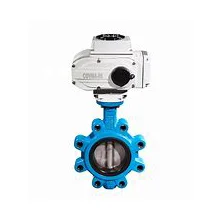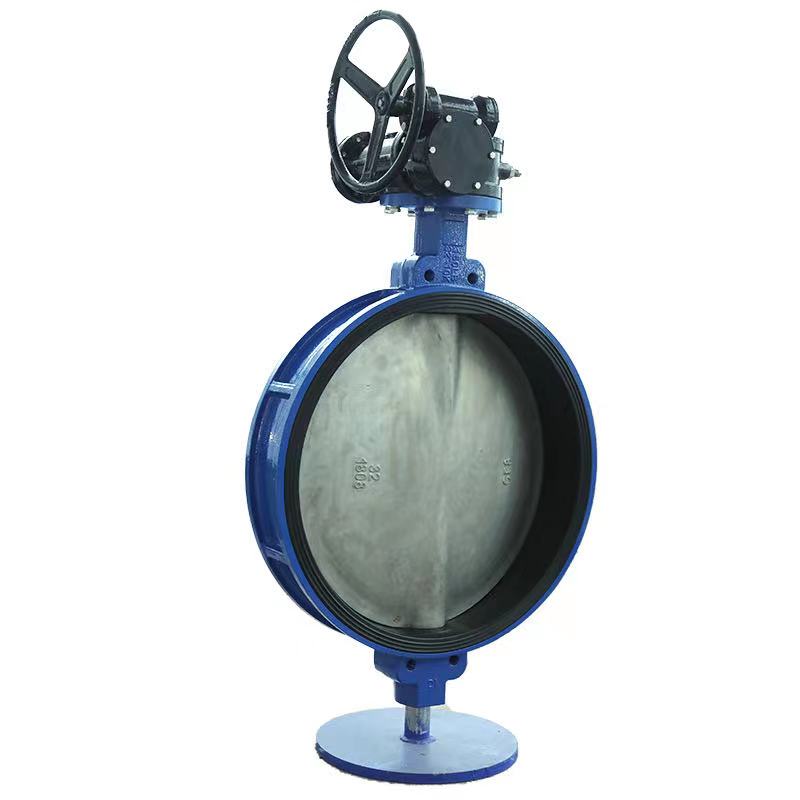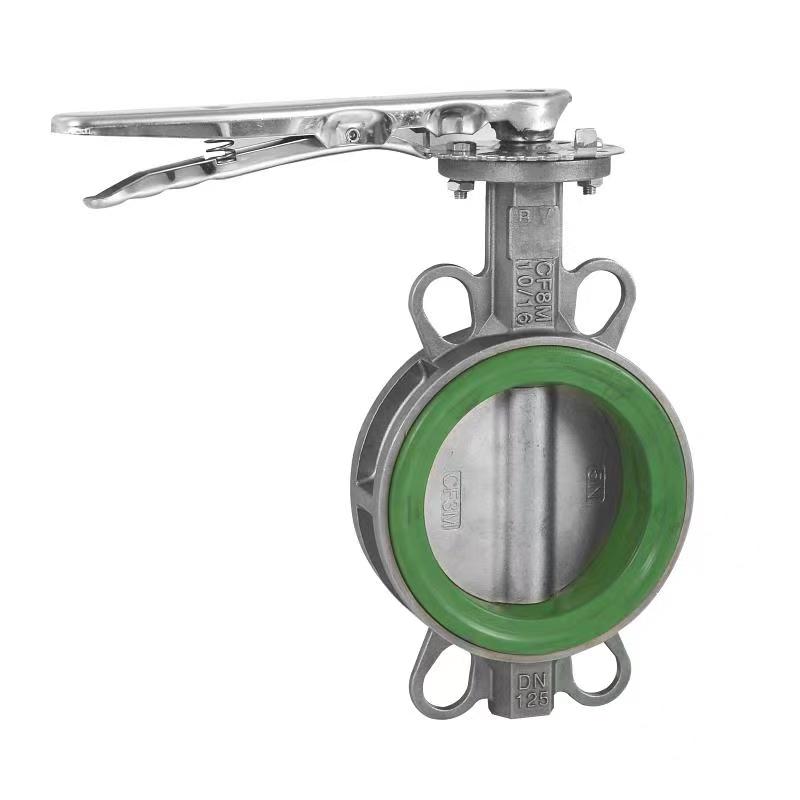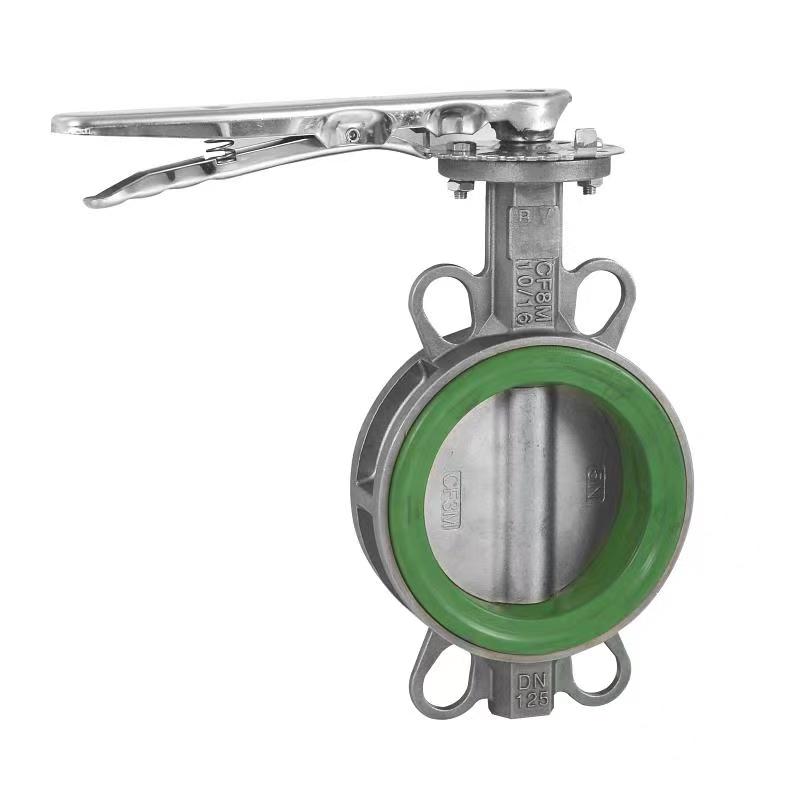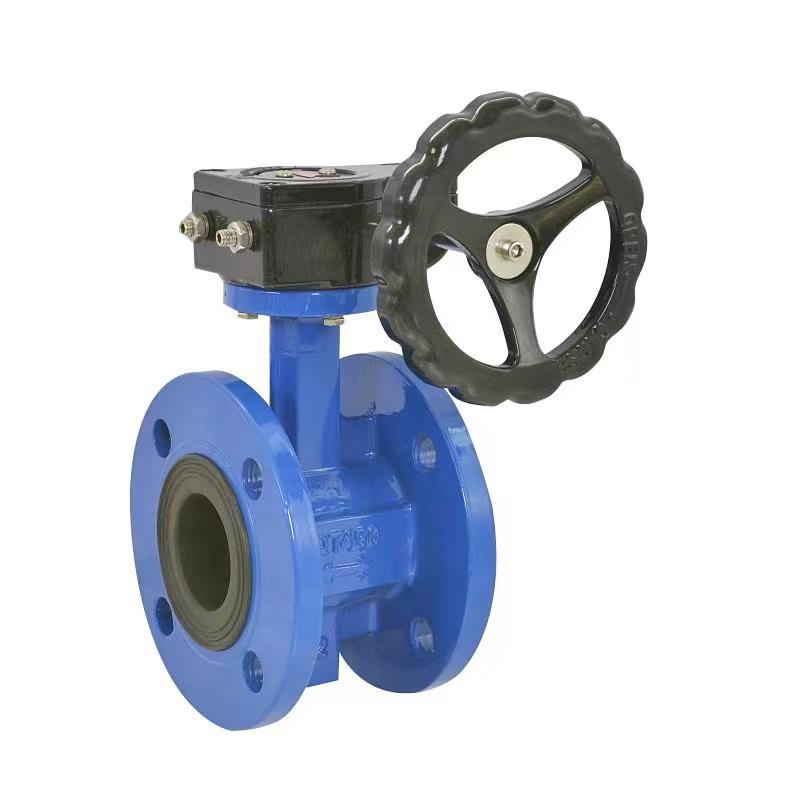- English
- Español
- Português
- русский
- Français
- 日本語
- Deutsch
- tiếng Việt
- Italiano
- Nederlands
- ภาษาไทย
- Polski
- 한국어
- Svenska
- magyar
- Malay
- বাংলা ভাষার
- Dansk
- Suomi
- हिन्दी
- Pilipino
- Türkçe
- Gaeilge
- العربية
- Indonesia
- Norsk
- تمل
- český
- ελληνικά
- український
- Javanese
- فارسی
- தமிழ்
- తెలుగు
- नेपाली
- Burmese
- български
- ລາວ
- Latine
- Қазақша
- Euskal
- Azərbaycan
- Slovenský jazyk
- Македонски
- Lietuvos
- Eesti Keel
- Română
- Slovenski
- मराठी
- Srpski језик
- Esperanto
- Català
- שפה עברית
- Cymraeg
- Latviešu
- icelandic
- ייִדיש
- беларускі
- Hrvatski
- Kreyòl ayisyen
- Shqiptar
- Malti
- lugha ya Kiswahili
- አማርኛ
- Bosanski
- Frysk
- ភាសាខ្មែរ
- ქართული
- ગુજરાતી
- Hausa
- Кыргыз тили
- ಕನ್ನಡ
- Corsa
- Kurdî
- മലയാളം
- Maori
- Монгол хэл
- Hmong
- IsiXhosa
- Zulu
- Yoruba
- অসমীয়া
- ଓଡିଆ
- Twi
- Samoa
- Sesotho
- සිංහල
- Gàidhlig
- Cebuano
- Somali
- Тоҷикӣ
- O'zbek
- Hawaiian
- سنڌي
- Shinra
- Հայերեն
- Igbo
- Sundanese
- Lëtzebuergesch
- Malagasy
- Tǝlam Kanuri
- Punjabi
- پښتو
- Chichewa
What are the requirements for installing butterfly valves?
2025-09-11
The installation of butterfly valves must strictly follow the operating specifications, and meticulous control is required from early preparation to installation and commissioning. The following are specific requirements:
Preparation before installation needs to be rigorous: Before installation, the butterfly valve model and specifications need to be checked to ensure compatibility with the pipeline system, including pressure rating, medium type, temperature and other parameters. At the same time, thoroughly clean the interior of the pipeline, remove welding slag, impurities, and foreign objects to prevent damage to the sealing surface. In addition, it is necessary to confirm the flow direction identification of the butterfly valve to ensure that the installation direction is consistent with the flow direction of the medium. Usually, there are arrows indicating on the valve body to avoid reverse installation affecting the sealing performance.
There are requirements for installation position and direction: Butterfly valves can be installed horizontally or vertically, but it is necessary to ensure that the valve plate rotation axis is perpendicular to the pipeline axis, and there is enough space for manual or electric operation of the valve stem operation direction. Butterfly valves should be avoided from being installed at pipeline bends or stress concentration locations to prevent leakage caused by vibration or uneven stress. For electric or pneumatic butterfly valves, it is necessary to check the compatibility between the actuator and the valve, and adjust the stroke limit to avoid overload damage. If the medium is a fluid with high temperature, corrosiveness or high particulate matter, it is necessary to choose sealing materials that are resistant to high temperature and corrosion, such as metal hard sealed butterfly valves.
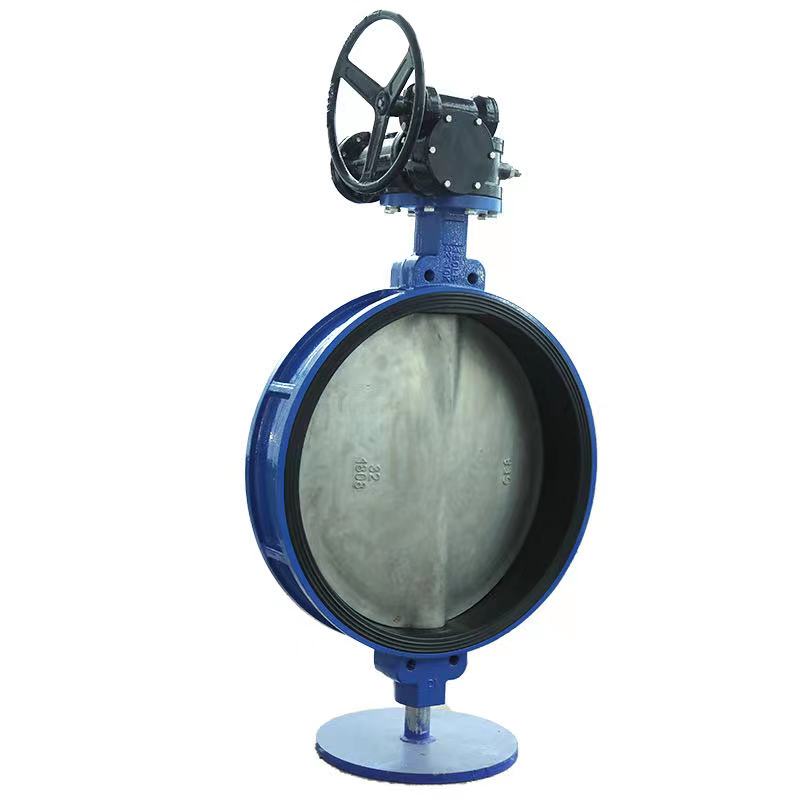
The installation process should be precise: the flange bolts should be evenly tightened diagonally to avoid insufficient sealing caused by one-sided force. It is recommended to use a torque wrench to operate according to the standard torque. The flange sealing gasket should be made of materials compatible with the medium, such as rubber, polytetrafluoroethylene, etc., to prevent corrosion or high temperature failure. After installation, the butterfly valve needs to be manually opened and closed several times to confirm that the valve plate rotates flexibly without any obstruction. For electric butterfly valves, the opening and closing stroke of the control mechanism has been adjusted before leaving the factory. To prevent directional errors when the power is turned on, users should manually open the valve to half position before turning on the power, and then press the electric switch to check whether the direction of the indicator wheel is consistent with the direction of valve opening.
Subsequent maintenance is essential: Regular maintenance can extend the lifespan of butterfly valves, such as lubricating valve stems and inspecting seals. If valve leakage is found, it is necessary to check whether the sealing ring is aging or worn, and whether the flange bolts are loose; If the valve plate is blocked, it may be due to impurities or rust on the valve shaft, and the valve stem needs to be cleaned and lubricated.
Related News
- Can check valves prevent pump reversal
- What scenarios are check valves suitable for?
- What should I do if the check valve cannot stop the water?
- What should I do if there is leakage inside the check valve
- What are the types of check valves
- Are there any requirements for the installation direction of butterfly valves?
New Products



